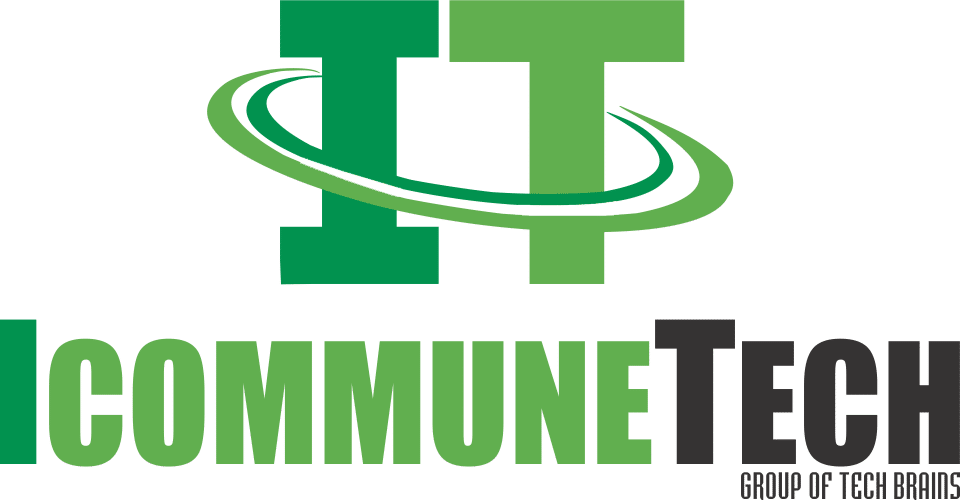Best Security Features in Laravel to Protect Your Applications

Laravel is a prevalent PHP framework for developing small to sizable enterprise-grade web applications. Due to its high popularity, Laravel developers also face various web security issues. However, Laravel is equipped with built-in security features to mitigate various security threats/issues. So, in this post, we are going to discuss the best security features in Laravel to protect your web applications right from the development phase.
What Are Laravel Security Vulnerabilities?
In 2022, Stephen Rees-Carter ran a Laravel framework security audit. He and other like-minded Laravel enthusiasts have conducted various security audits and found the following standard security vulnerabilities Laravel programmers may face during Laravel development.
Let’s learn about these vulnerabilities and which Laravel security features can help mitigate them with our expert advice.
#1 – XSS (Cross-site Scripting)
It’s about scripts created by malicious elements on the web. They inject harmful scripts on the visible web pages at the frontend of the site. When other users see the script in their browser and take intended action-like click on it, it executes various commands or viruses to accomplish their malicious intentions, such as stealing data, corrupting cookies, session tokens, etc.
Which Things Help to Mitigate Them?
#2 – SQL Injection
When an attacker injects malicious SQL queries into input fields of the website or web application, SQL injection occurs. Malicious SQL queries manipulate or extract databases and create malfunctions in the website.
Which Things Help to Mitigate Them?
#3 – CSRF (Cross-site Request Forgery)
CSRF occurs when an attacker tricks a user into unknowingly making an unwanted request to a web application. It often causes malicious actions to appear on behalf of the victim. For instance, in a banking application, an attacker tricks an authenticated user into transferring money to the attacker’s account unknowingly by exploiting the user’s active sessions without their consent.
Which Things Help to Mitigate Them?
#4 – Broken Authentication
When an attacker exploits a weakness in the authentication system of an application to gain unauthorized access to the user account through password cracking or other means, it results in compromising user data and privacy.
Which Things Help to Mitigate Them?
How to optimize performance of your Laravel application!
#5 – Authorization Vulnerability
In a multi-user authorization system, users have permissions restricted up to their roles. If a user gains access to functionality beyond its role and manipulates the system, it creates authorization vulnerability.
Which Things Help to Mitigate Them?
Laravel security features provide RBAC (Role-based Access Control) with defined privileges and accesses. Laravel developers should implement them correctly and conduct regular access control audits.
#6 – Insecure Session Management
It’s related to inadequate session management. It leads to session hijacking, where the session ID of a user is exploited for malicious intentions even after the user has logged out from the session.
Which Things Help to Mitigate Them?
#7 – Path Traversal
Path/directory traversal or climbing occurs when an attacker is able to navigate through a file system to access the file or directory, which is not permitted. Thus, an attacker can manipulate input data.
Which Things Help to Mitigate Them?
#8 – Insufficient Input Validation
It occurs when an application doesn’t correctly check or sanitize user inputs, leading to potential vulnerabilities, including SQL injections, XSS, and other attacks.
Which Things Help to Mitigate Them?
Laravel provides out-of-box validation rules and mechanisms to ensure inputs meet defined criteria before processing.
#9 – Missing SRI (Subresource Integrity)
SRI ensures the integrity of resources, including scripts and stylesheets loaded from third parties. It allows browsers to verify that the files are being fetched and delivered without unexpected manipulation. It occurs by providing a cryptographic hash, usually SHA-256, SHA-384, or SHA-512, that the browser checks against fetched resources.
Which Things Help to Mitigate Them?
The following Laravel security features help to mitigate the issue:
#10 – Inadequate Rate Limiting
When a system fails to restrict the number of requests an attacker can make to a particular endpoint within a certain period, the failure leads to various attacks, such as brute force, DoS (Denial of Service), and abuse of functionality.
Which Things Help to Mitigate Them?
The following Laravel security features can help to mitigate the issue:
#11 – Outdated and Vulnerable Dependencies
When software components and libraries are used within an application that is no longer updated and contains security vulnerabilities, the attackers can exploit them to compromise the system, steal data, or access applications in unauthorized ways.
Which Things Help to Mitigate Them?
The following Laravel security features can help to face outdated and vulnerable dependencies:
#12 – Insecure Function Use
When Laravel programmers use insecure functions in application development, they may prove potential issues, such as SQL injection, XSS, or other types of security attacks that remain difficult to manage.
Which Things Help to Mitigate Them?
The following Laravel security features can help to combat the issue:
Exploring Advanced Laravel Features – Enhance Your Applications!
Wrapping Up:
Laravel is a robust PHP framework that develops small to enterprise-grade web applications for a diverse range of industries and their verticals. Technically, Laravel offers myriads of security features to cope with the latest security threats prevailing on the web.
Of course, it requires deep knowledge, understanding, and experience to use those out-of-box security features available in Laravel. Therefore, iCommuneTech is the recommended company of Laravel development team who can bring robust security to the table for your application development projects.
Would you like to exchange some words with our technical team to mitigate your curiosity? Let’s have a free consultation with our Laravel development team right now.

.png)